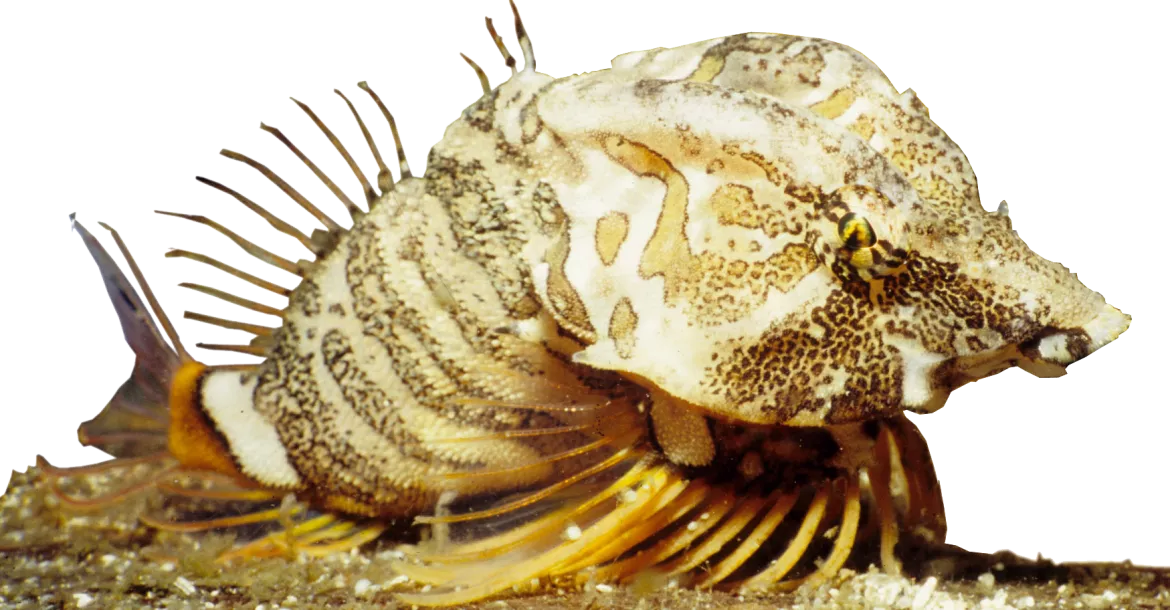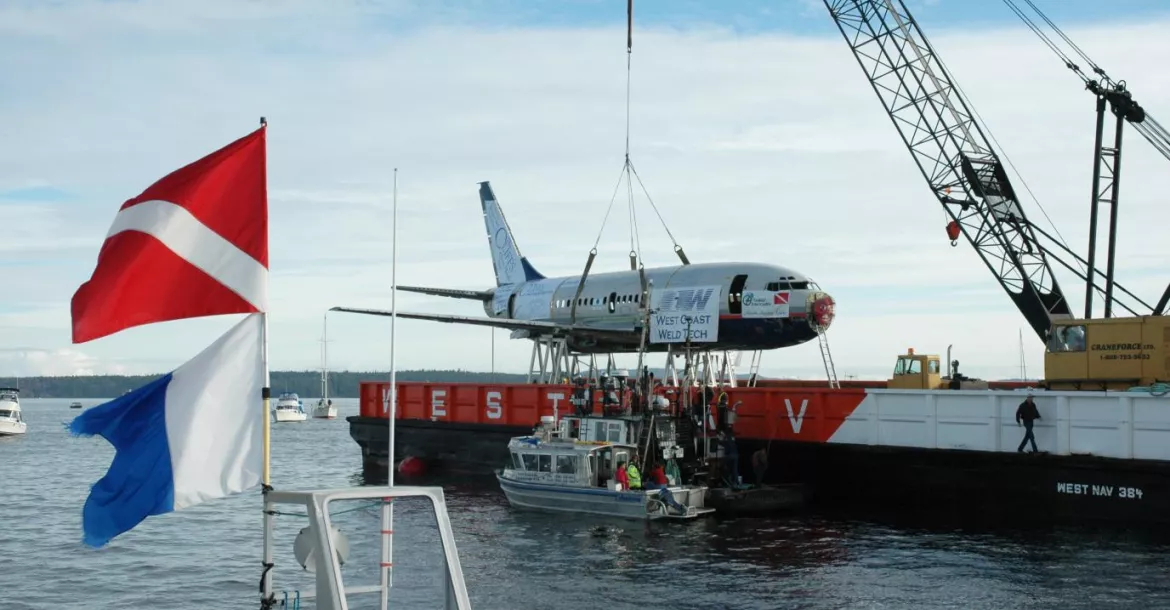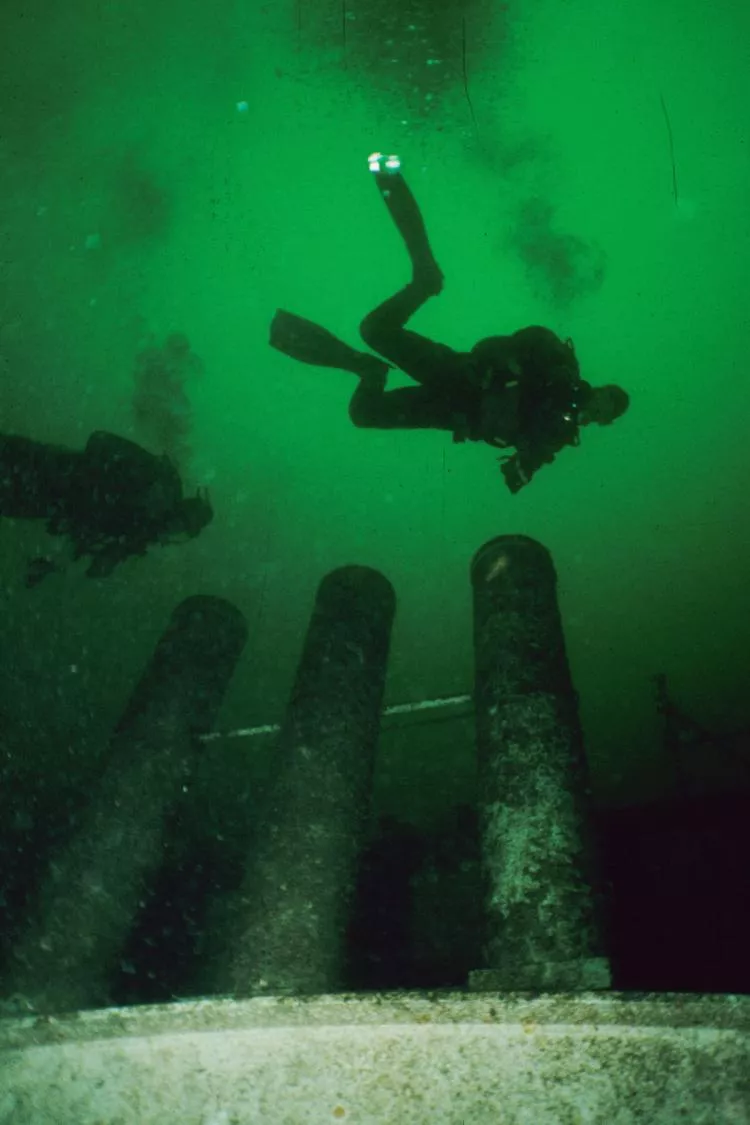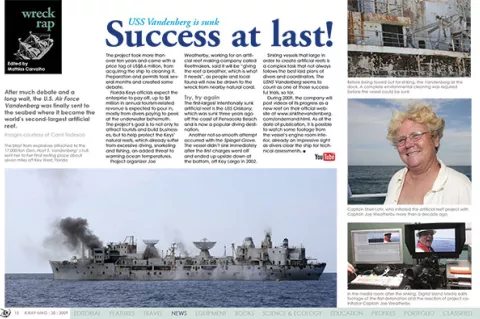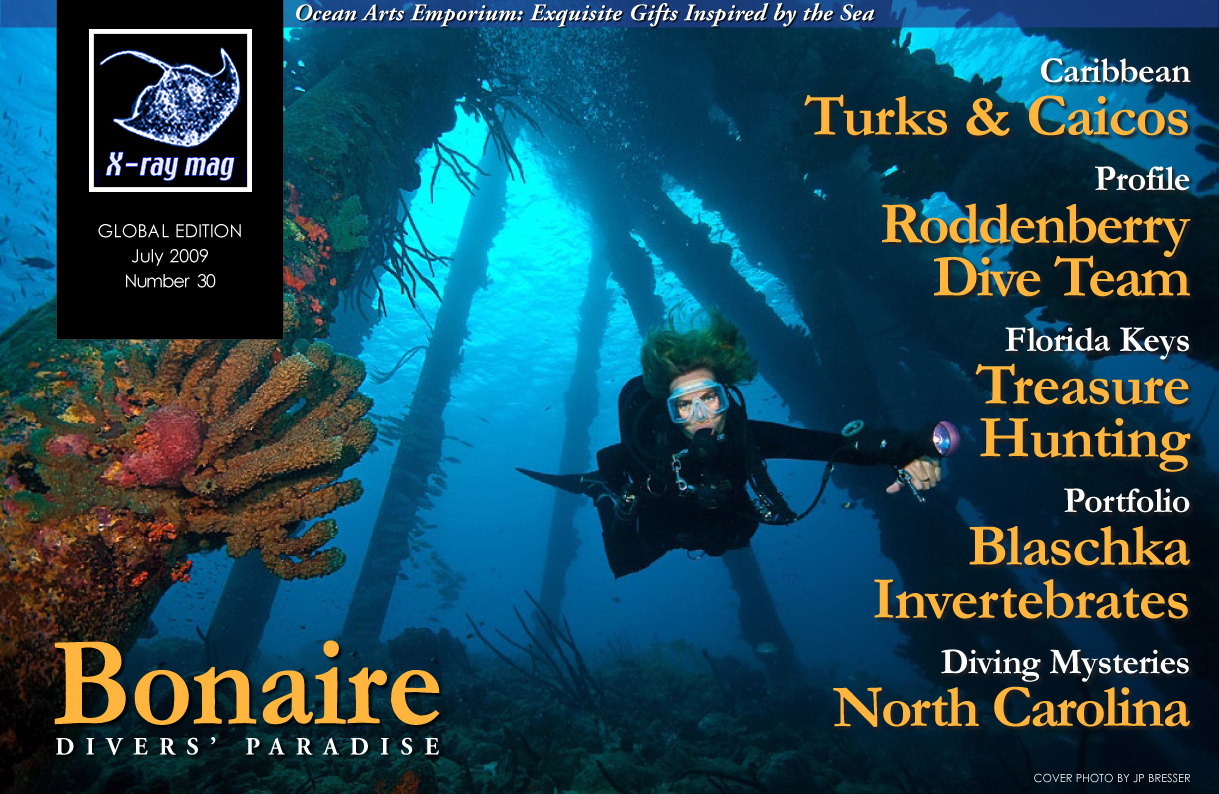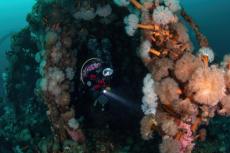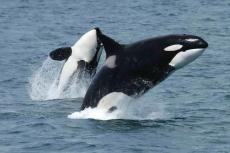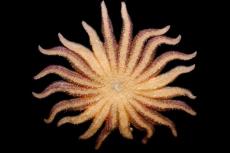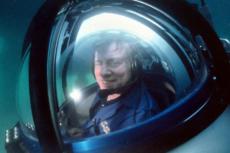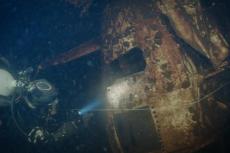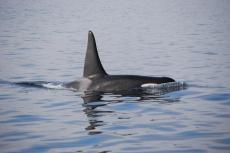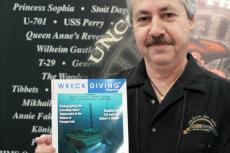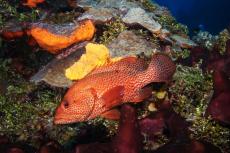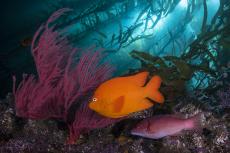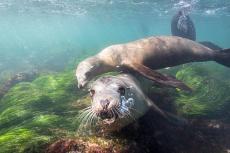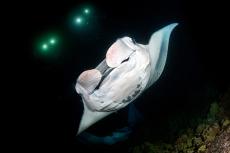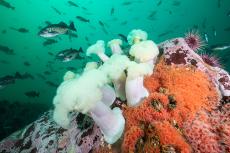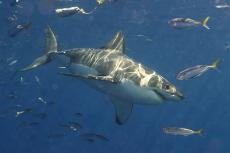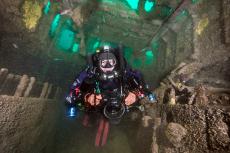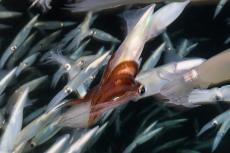I could hear a low rumble as detonated explosives echoed down long empty corridors and through multiple decks of steel. Three hundred and sixty-six feet of ship began to groan and creek while water rushed in to claim its above water existence. Watching from a safe distance, former crewmembers and excited divers marveled at enormous geysers of escaping air mixed with water while the HMCS Saskatchewan began its final objective —to become Nanaimo’s next artificial reef of steel. As with previous retired Canadian military ships, the Saskatchewan gracefully accepted its place in Canadian history as the fifth Destroyer Escort to be transformed from a once powerful tool of war into British Columbia’s newest dive site.
Contributed by
It is the winter of 2009, and I have joined a few friends to make my annual inspection and photo documentation of the ship’s wondrous conversion into a thriving living reef. My husband and fellow wreck explorer, Wayne Grant, and technical dive instructor trainer, Ron Akeson, have joined me. Ron has brought several of his technical diving students along to practice skills and check out their new deep diving gear.
“I would much rather have my students learn how to deal with any gear or performance problems on one of these ships, in a somewhat similar wreck environment, than on a natural, possibly more fragile wreck,” states Akeson. “If a technique isn’t right, we have the time and depth to practice the skill until it becomes second nature without worry of currents, entanglement or damaging a potentially historic wreck.”
During the short journey to the site (about 15 minutes from Departure Bay), retired Nanaimo dive instructor and charter operator, Ian Hall, told us how the Saskatchewan and the other two scuttled wrecks has helped Nanaimo’s dive industry:
“Since Saskatchewan was scuttled in 1997, we were busy almost every weekend with dive charters for over ten years. From 1997 to 2004 we did over 8,916 logged dives on the Saskatchewan alone! People came from all over the world because we had something new and unique. Back then, and now, about 64 percent of our clientele wanted to dive on the Saskatchewan or the Cape Breton, a 400-foot (122 meter) ship similar to the Liberty-class Ships in the US Military.”
Ian went on to tell us that over 50 percent of his customers were divers using double tanks or rebreathers. Technical divers however, seem to prefer the Cape Breton because of its depth (140 feet/42.5 meters) and the fact it has a vertical shaft from the main deck leading to the engine room.
Both underwater photographers and naturalist also enjoy the two ships because of the abundance of life attracted to them.
Before sinking both vessels were thoroughly cleaned of all wires and furnishings. Huge 4x6-foot (1.2 - 1.6 meter) holes were cut throughout all decks and hull to ease entry and exits.
Diving the Saskatchewan
Once everyone was in the water we descend down the mid-ship line on the Saskatchewan (one of three lines). We were blessed with over 80 feet (23m) of visibility! At 30 feet (10m) a gray outline came into view. At 50 feet (15m), I paused to adjust my strobes just below the radar platform, catching a glimpse of a huge lingcod resting at the far end.
On my way to capture the shot, Wayne zoomed by on his scooter, determined to see how it would handle inside the wreck. Two of the technical students began laying out their practice lines at 90 feet (27 meters). I could hardly wait to see what new critters had decided to call the Saskatchewan home.
It was unbelievable how the rails, ladders and wheelhouse windows (once void of life) were now completely covered with barnacles, encrusting invertebrates, anemones, swimming scallops and golden colored feather stars. A rainbow of tiny delicate hydroids and tunicates decorated the outer parts of the ship to gather nourishment in slight currents, which ...
( ... )
Published in
- Log in to post comments

